2008 was a challenging year for the entire world. The global economy was crashing and it was crashing hard.
Banks were collapsing, nations were going bankrupt and giant companies were dying like flies. And very few countries were hit as hard as Japan.
For a Japanese company like Honda, there was very little reason to keep their racing division running in a situation like this. Back then, racing – and especially F1 – was a giant money drain.
A team might have managed to break even when they were winning, and even that was a long shot. It was not something a business could afford in a global financial crisis, and so Honda made the difficult decision to cut their losses and disband the F1 team altogether.
But that wasn’t to everyone’s liking, especially team principal Ross Brawn, who enjoyed vast success with Benetton and Ferrari. Brawn wanted to keep the team alive and after discussions with Honda’s top management, he agreed to take over the team himself.
The transfer was concluded with the symbolic payment of a single pound. And so, Brawn GP was born.
Viewed by others:
Kindness from the paddock
Owning and running a competitive organisation are two very different things - but luckily for Brawn, there was a lot of goodwill in the paddock at that time.
The teams were banding together against the FIA and they all wanted to see Brawn stick around.
Engine suppliers tumbled over one another to offer their services to Brawn to show the comradery. The FIA ultimately agreed to allow the team to enter.
There was a real feeling of elation in the paddock as these were the scrappy underdogs, and everyone was glad to keep them around.
What nobody knew at that time, not even Brawn himself, was that this team had not just found a crucial piece of the puzzle, they had found an entirely different equation which nobody else had even considered.
This wasn’t just a simple piece they put in the right place: it was the whole solution. And this team was about shine a very, very bright spotlight on it.
The diffuser trick
Hidden beneath the many elements of an F1 car is the diffusor. It is a part of the floor that determines how the air flows underneath it via holes and ridges.
The better the airflow is regulated, the better the downforce and the faster the car goes. To keep things fair and equal, the FIA regulated how big a diffusor can be.
But Honda discovered a loophole in the rules. The FIA only said how big the diffuser on the floor can be and said nothing about the vertical parts of the car’s inner workings.
Cutting a few holes in those vertical elements further ahead in the car essentially expanded the diffusor and created much, much more downforce.
Brawn did precisely that, to great effect. In the test days before the season, Brawn driver Jenson Button set the fastest time.
It was almost a second faster than the Ferrari who was the constructors' champion just a year earlier. And suddenly all that goodwill from the other teams evaporated.
A protest was lodged with the FIA and, while awaiting that ruling, the entire F1 circus travelled to Australia for the opening race of the season.
Dominance
The date was March 29, 2009, the day of the season-opening Australian Grand Prix.
Three days earlier, the FIA ruled that Brawn's car was legal and the team could compete in the race. This was to the frustration of the rest of the grid and that frustration would only grow exponentially.
In qualifying, Button set a pole time that was three-tenths faster than teammate Rubens Barrichello and a whopping six-tenths faster than the next closest car, the Red Bull of Sebastian Vettel.
Just a few laps into the race, Button was already four seconds ahead of the rest of the field. Barrichello made a mistake at the start and spent most of the race climbing back up the grid, but it did not cause him too much trouble.
The competition did what they could, but without success. Ferrari, Red Bull and McLaren could do nothing against the incredible power of the Brawn GP. And when the chequered flag fell after 58 laps, it was Button and Barrichello who crossed the line first with a 1-2 finish.
It was unprecedented, unimaginable. A team that didn’t even exist three prior, a team that threatened to disappear amidst a once-in-a-lifetime financial crisis, a team that could only survive thanks to the goodwill of the rest of the grid - that team had just utterly humiliated everybody else.
And it wouldn’t be the last time either. Brawn would win six out of the first seven races, going on to secure the title for both the constructors and the drivers. And it all started on this day 16 years ago.
Also interesting:
WATCH: Lawson branded a ‘mistake’ as Red Bull make brutal change
Join RacingNews365's Ian Parkes and Nick Golding as they analyse the huge news from Red Bull, who confirmed Yuki Tsunoda will replace Liam Lawson at the team.
Don't miss out on any of the Formula 1 action thanks to this handy 2026 F1 calendar that can be easily loaded into your smartphone or PC.
Download the calenderMost read
In this article
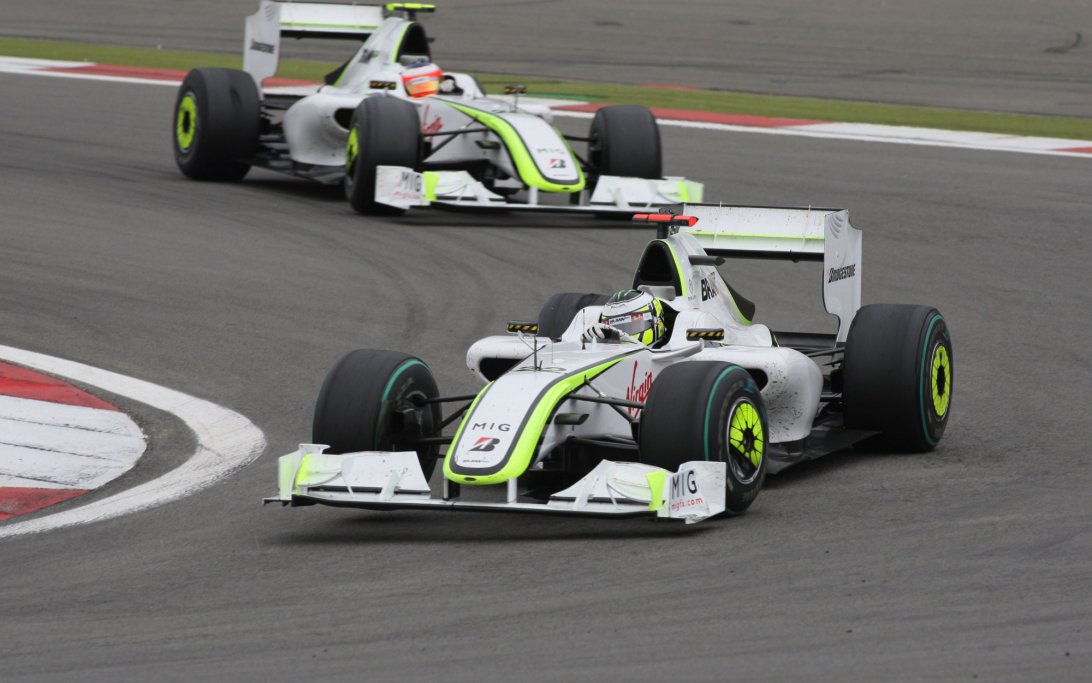
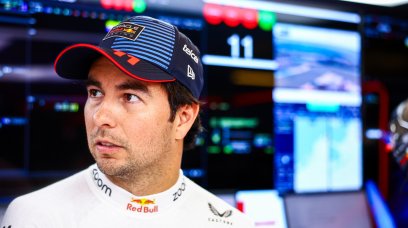
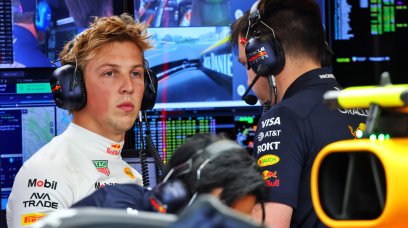
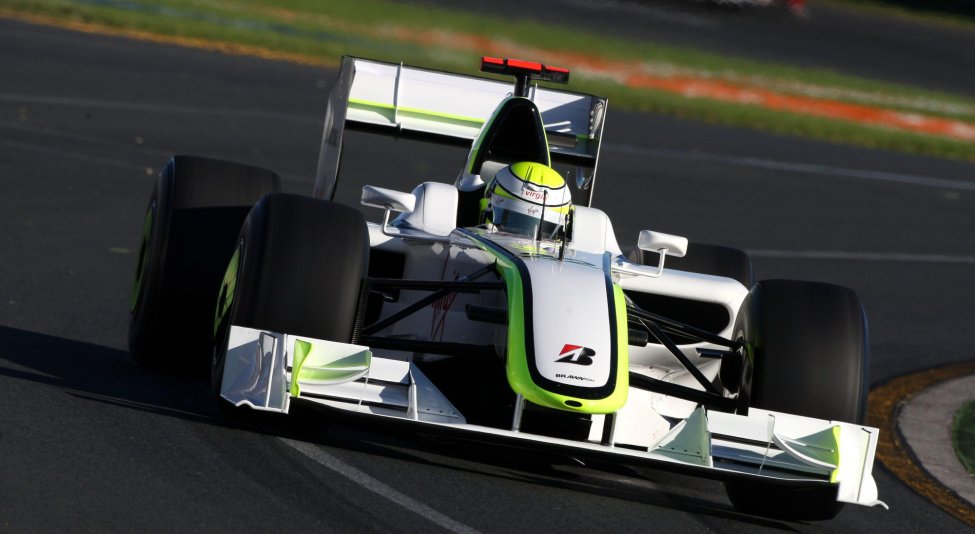
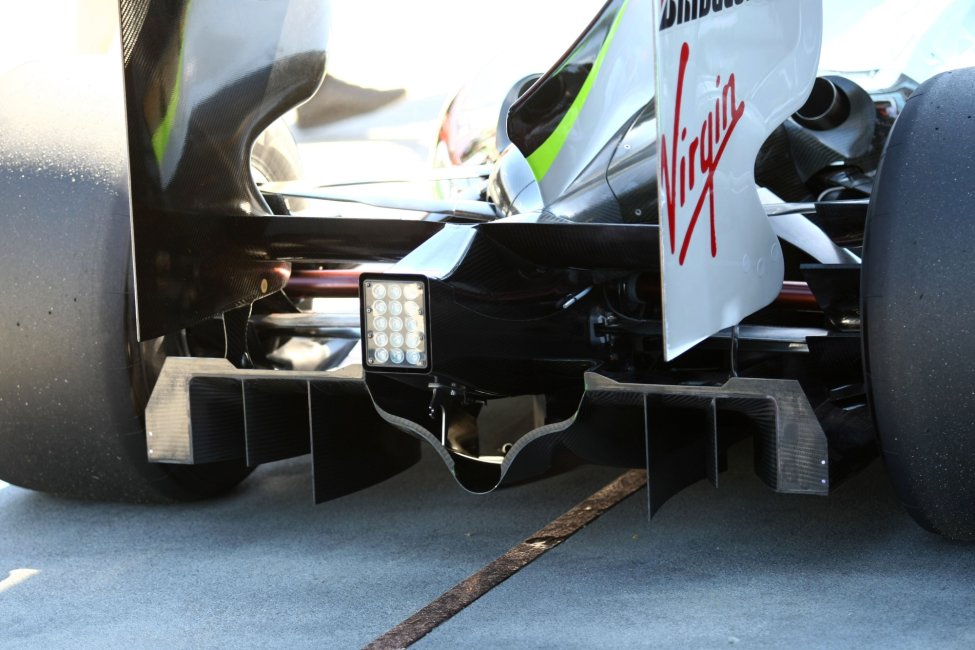
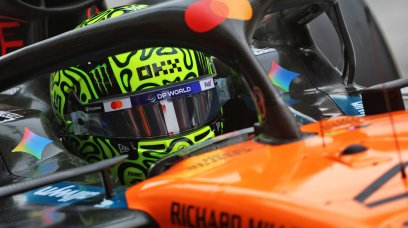

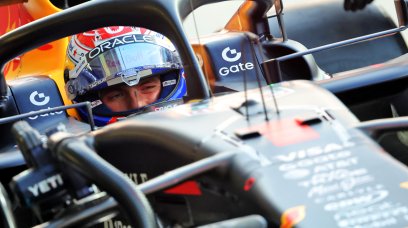
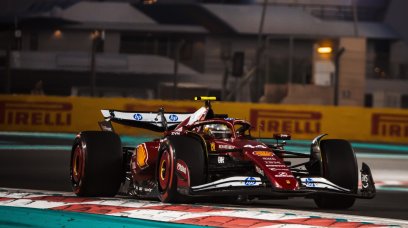

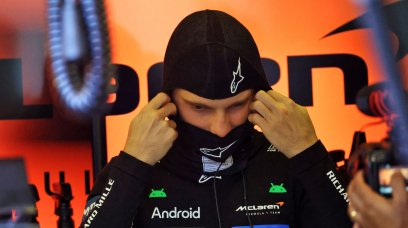
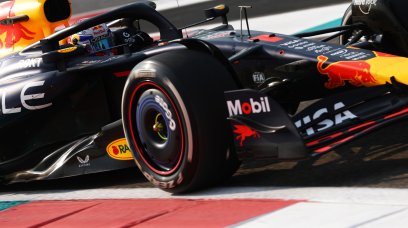












Join the conversation!